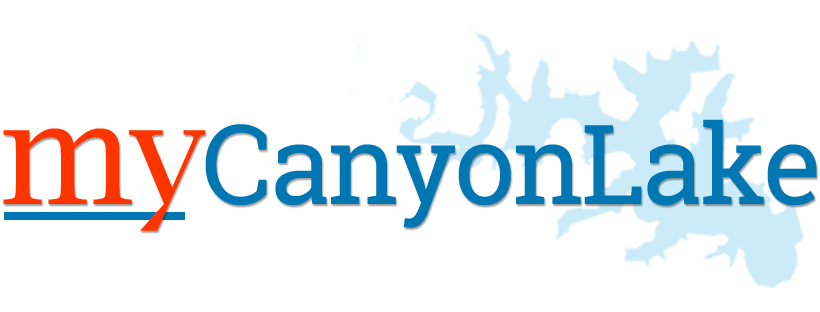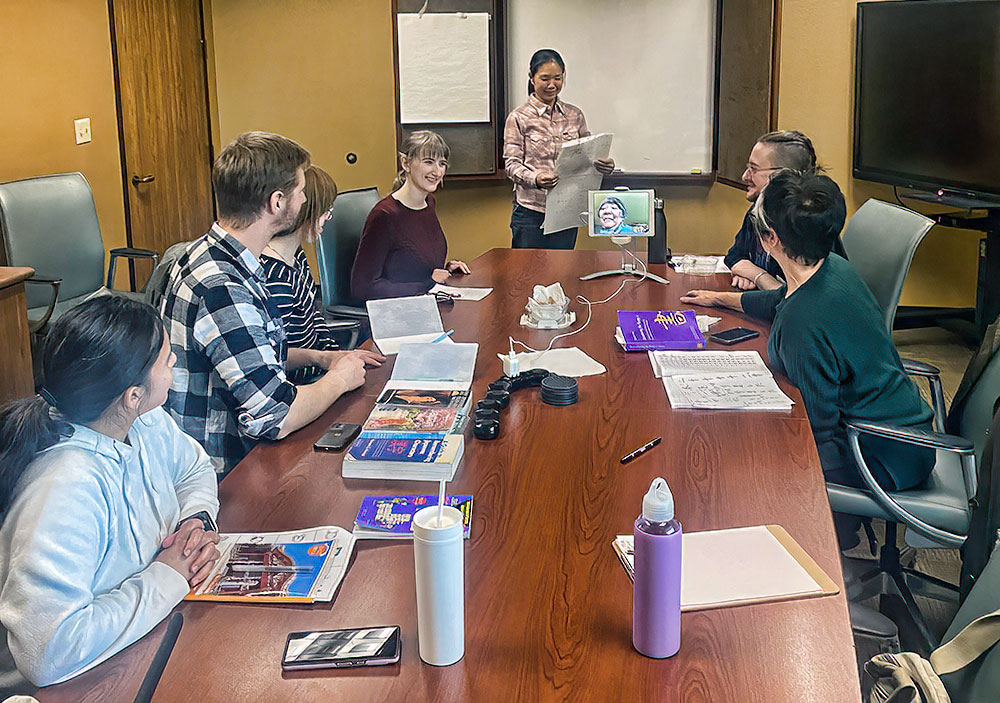Gen Z and Millennials are more likely to show up at Tye Preston Memorial Library than older generations, according to a Nov. 1, 2023 report by the American Library Association.
This demographic is using public libraries both digitally and in person at higher rates than older generations.
TPML librarians said the ALA’s findings synch with the results of their own December 2022 survey.
Although the age of area residents skews older, the Gen Zs and Millennials who participated in TPML’s survey said they visit the library at least once a week, if not every two weeks, Library Director Natalie Shults said.
Gen Zers were born between 1997-2012 and currently range in age from 11-26. Millennials were born between 1981-1996 and are between the ages of 27-42. Older generations include Gen X, born between 1965-1980 and now between 44-59 years, and two different groups of Boomers born between 1946-1964 and now ranging in age from 60-78 years of age.
“While the older generations may have answered similarly, they also were more likely to say they visit once a month or year,” Shults said. “When asked in what ways they use the library, only half of the younger group mentioned using any of our virtual services compared to almost all of them saying they check out our physical materials.
“As you can see, we have patrons visit us for far more than the books, but the books still take the lead for all ages.”
The ALA report, authored by two researchers at Portland State University, showed 54% of Gen Z and Millennials visited a physical library within the previous 12 months.
Of the 2,075 surveyed by the ALA in 2022, more than half who self-reported visiting a physical library said they also borrowed from a library’s digital collection. Respondents also read and borrowed, on average, twice as many print books per month as any other category.
Shults said recent visitors in their early 20s described the library as
- “A place to hang out that doesn’t involve spending money.”
- “A place to relax and talk.”
- “I love books about theology and philosophy because they help me know myself and God.”
- “Great meeting/good internet/clean outdoor area.”
Community Outreach Librarian Mara Benitez said she likes to hand out five-question QuickSurveys and met with the college-age students after they showed up at the front desk asking about Wi-Fi and places to sit and talk.
“All but one were from out of town and one of them who was a local had invited everyone out to meet at his home library here in Canyon Lake,” she said. “It was a quiet day and we ended up chatting about several of the resources that our library has that they were unaware of, and had a wonderful discussion about how libraries have come to be about so much more than just books.”
Digitally-immersed generations are making this clear, said ALA President Emily Drabinski.
“Programming relevant to teens and their parents—coding clubs, job application help, gaming—draws even non-readers to the library, as does the physical space to connect and collaborate,” she said.
Kathi Inman Berens, a U.S. Fulbright Scholar of digital culture and associate professor of Book Publishing and Digital Humanities at Portland State, said libraries are popular even with non-readers, who say they want and need the resources public libraries offer.
“Just as they flit between multiple media formats, they also jump between modes of access—libraries to bookstores to influencer posts to subscriptions and back again,” she said. “Libraries are a notable way Gen Z and Millennials discover books.”




